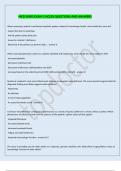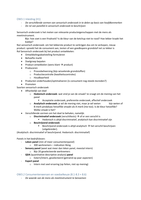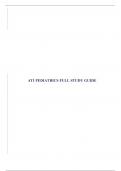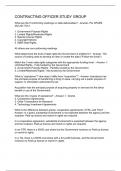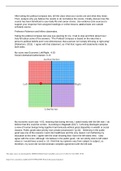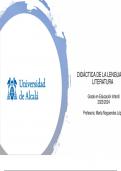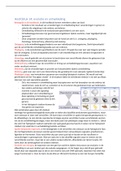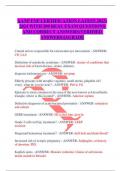Exam (elaborations)
Med Surg-Exam 2 NCLEX Questions
- Course
- Institution
When assessing a patient's nutritional-metabolic pattern related to hematologic health, what should the nurse do? Inspect the skin for petechiae. Ask the patient about joint pain. Assess for vitamin C deficiency. Determine if the patient can perform ADLs. - answer-A When assessing labora...
[Show more]
